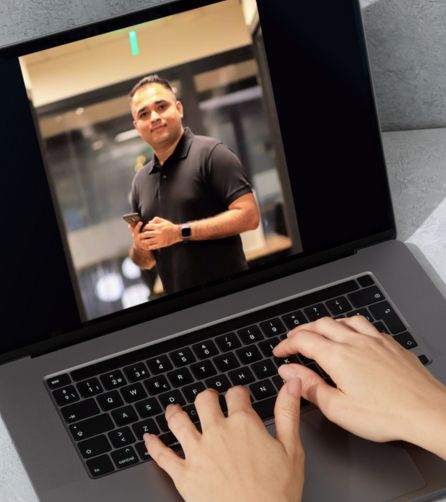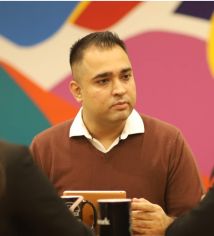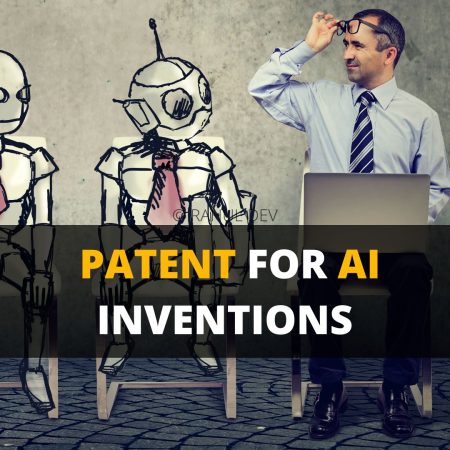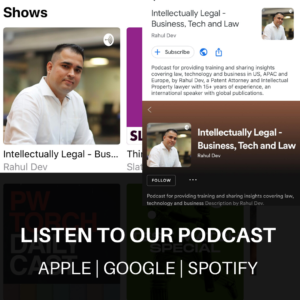In the world of patent law, the first step to securing your intellectual property rights is understanding your invention inside and out. For instance, if you’ve developed an AI that functions as a personalized health coach, you need to grasp the technology, its unique features, and how it stands apart from existing solutions.
The heart of a patent application lies in its claims. These claims are not just statements; they define the protective boundaries of your invention. When drafting claims for an AI health coach, it’s essential to pinpoint the unique aspects and ensure they are covered. However, striking a balance is key. If your claims are too broad, they may be invalidated by existing prior art. Conversely, if they’re too narrow, competitors might find a way to work around your patent. Clarity and succinctness are paramount, and each claim must be based on the matter disclosed in the specification. As an example, the outline of the primary independent patent claim can be written as:
An electronic device including circuitry configured to:
receive user profile information about a person using the device;
receive a set of health templates based on the user’s profile information;
select one health template from the received set;
use sensors to determine the user’s health parameters or activities, based on the chosen health template; and,
determine health recommendations for the user by applying an AI model to the chosen health template and the determined health parameters or activities.
Based on this independent claim, a set of dependent claims can be drafted, such as, for example,
The electronic device of claim 1, which can control a display device to show health information, which includes the determined health recommendations and the determined health parameters or activities.
Once the claims are in place, the detailed description follows suit. This section should adhere to the boundaries set by the claims and cover all possible embodiments of the invention. It’s here that you’ll describe the workings of the AI health coach, its features, and the technology that powers it. Visual aids such as diagrams, illustrations, and images can be invaluable in enhancing understanding.
The abstract, field of invention, and background are other crucial elements of a patent application. The abstract is a concise summary of the invention, while the field of invention pertains to the technical field of the invention. The background provides the context, discussing existing solutions and how your invention improves upon them. References and the title are the finishing touches to your patent application. Any relevant research or existing technologies should be cited, and the title should be a true representation of the invention. For instance, “AI-Powered Personalized Health Coach” could be an apt title for this invention.
One of the most important aspects of a patent application is the disclosure of the “best mode” or the most effective known method for carrying out the invention. This could include specific algorithms, data sources, or user interfaces for the AI health coach. Each claim in a patent application is evaluated independently, so it’s crucial to make claims on all aspects of the invention to ensure the broadest possible protection. The ultimate goal is to draft claims that will stand firm in the litigation phase and prevent competitors from practicing the invention without infringing on the patented invention.
While this guide provides a general overview, the specifics can vary depending on the nature of the invention and the patent laws in your jurisdiction. Therefore, it’s always advisable to consult with a patent attorney or agent when drafting a patent application. After all, in the realm of patents, it’s the details that make all the difference. By following these steps, you can understand the patent drafting process and create a comprehensive patent application for your AI innovation.
Click Here for AI Startup Valuation Guide.





